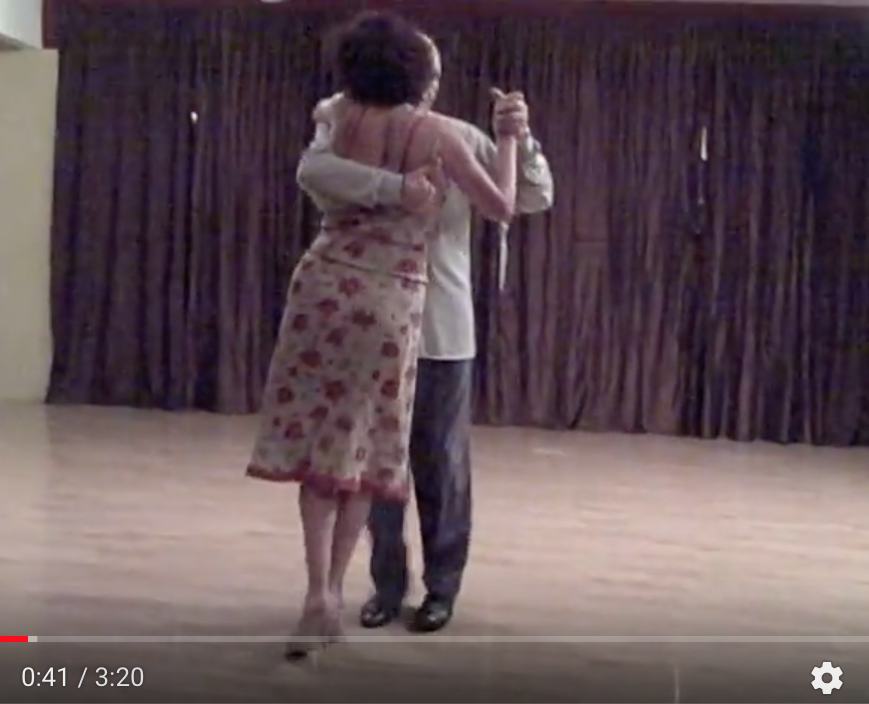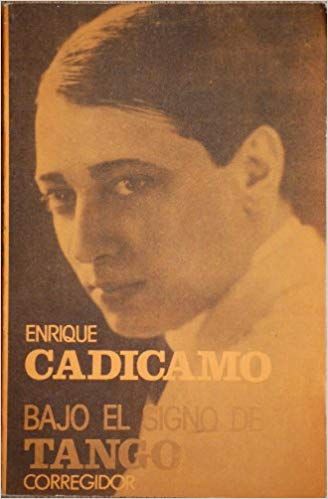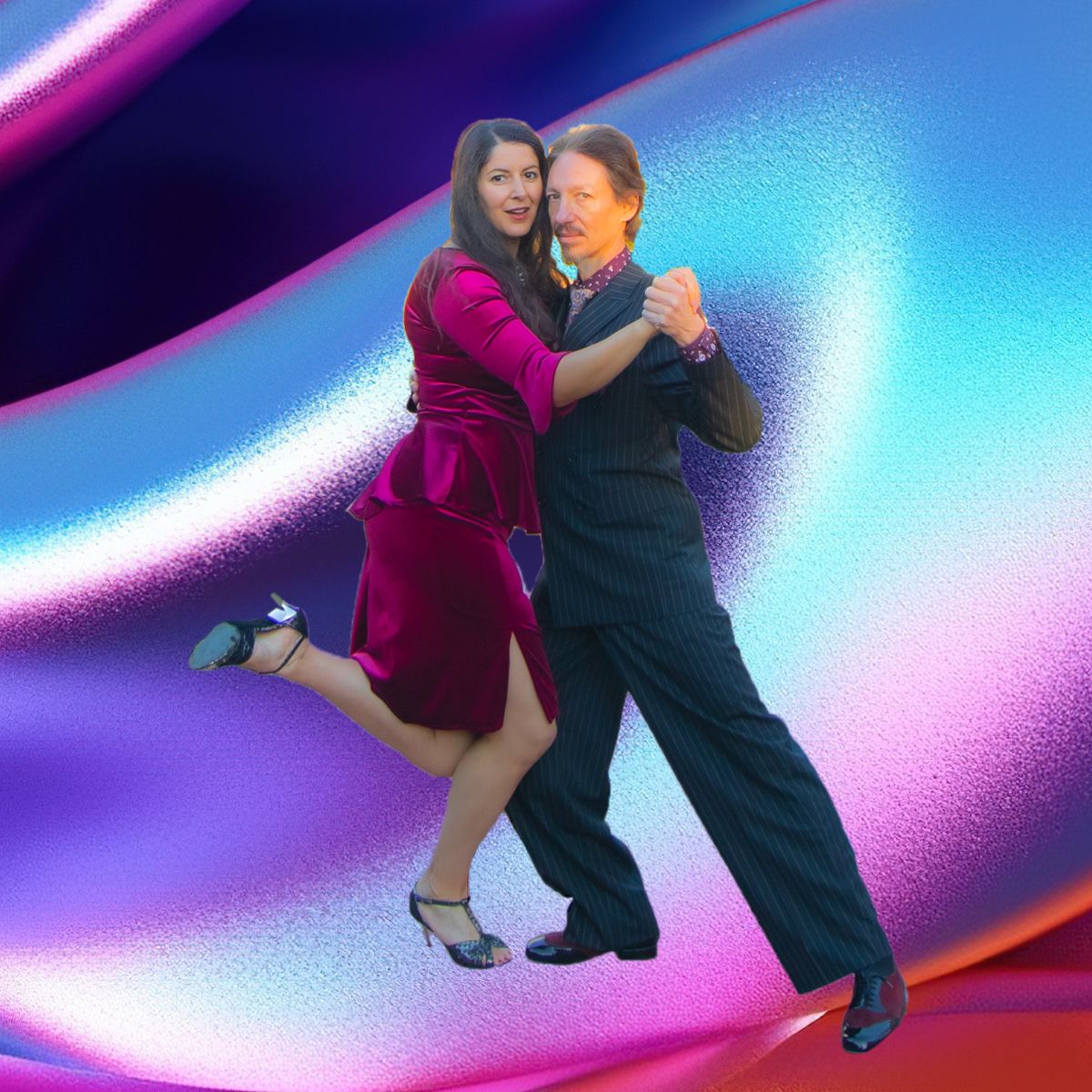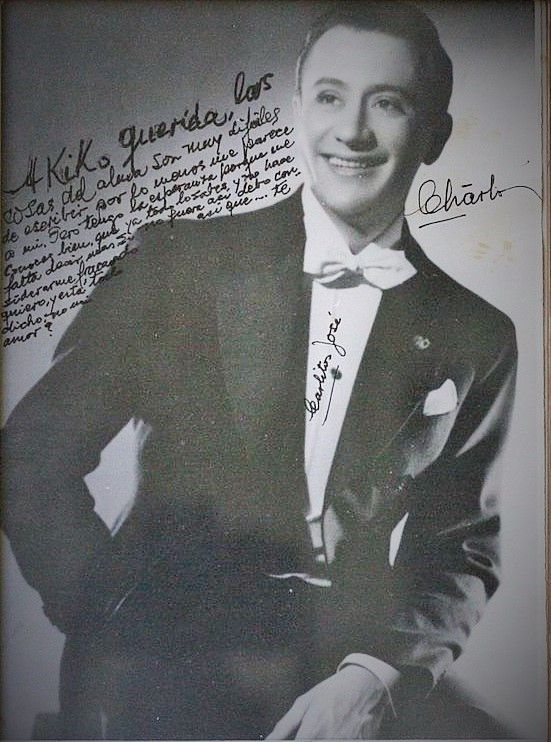Enriqueta Kleinman and Ruben Harymbat, May 2009.
Ruben’s passion for the tango was evident as soon as you see him on the dancer floor. His energy belies his age, or perhaps it is indicative of the many years he has expressed himself through the dance. Ruben was the “master of improvisation” and owner of enormous creativy. Ruben was highly sought out dancer in Argentina for performances. His performance partners have included Anna Maria Schapira, Alicia Pons, Susana Miller, Maria Plazaola, Enriqueta Kleinman, and Marisa Galindo among others. Ruben was invited to perform in November 2007 for the Congress of the Nation of Argentina in homage in “Recognition to the Milongueros of the night in Buenos Aires.” Read more.
Enriqueta has danced tango for over 17 years. She had taught group and private classes in Buenos Aires and all over the world. She was an expert in Salon Tango – Milonguero Style, Tango Waltz and Milonga. Enriqueta also specialized in teaching technique for women and has led many courses and seminars. She performed at the Third and Fifth Metropolitan Championships in Buenos Aires. Read more.










